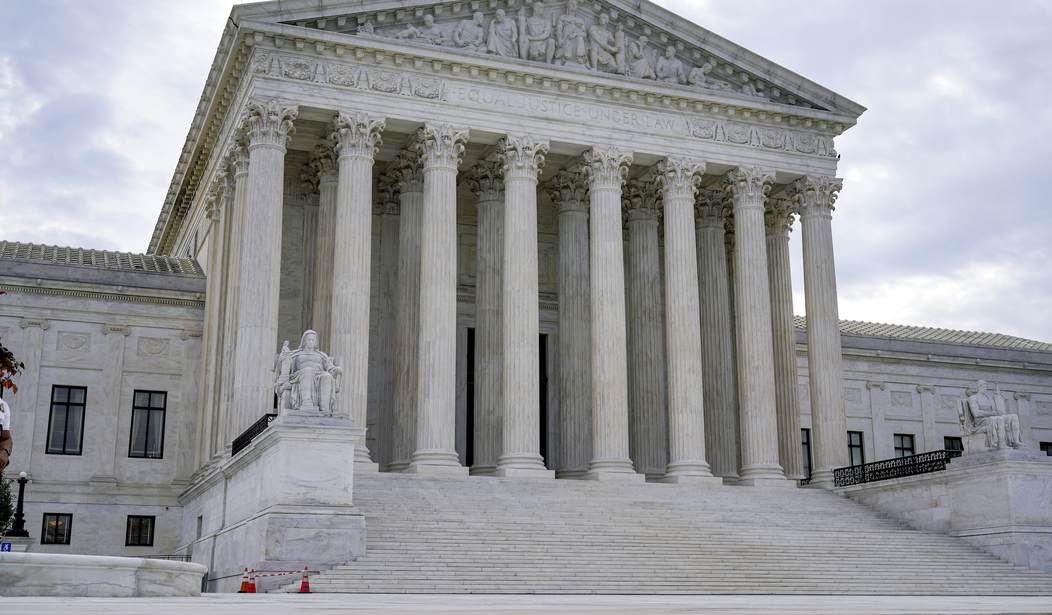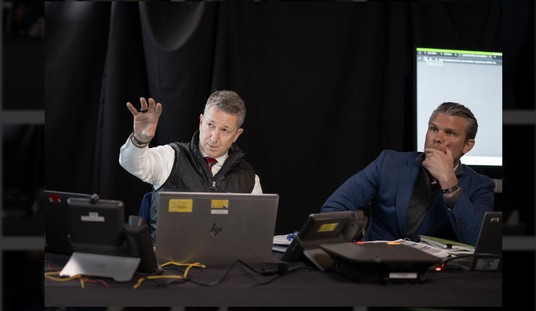Nothing. At least nothing that points to who leaked the draft opinion on Dobbs v. Jackson, which ultimately sent the abortion issue back to the states.
On Thursday, the Supreme Court issued the report on its investigation into the May 2022 leak (you can read the whole thing below). The probe, conducted by the marshal of the court, found that “at this time, based on a preponderance of the evidence standard, it is not possible to determine the identity of any individual who may have disclosed the document or how the draft opinion ended up with Politico.”
“No one confessed to publicly disclosing the document and none of the available forensic and other evidence provided a basis for identifying any individual as the source of the document,” the report said.
Further, “While investigators and the Court’s IT experts cannot absolutely rule out a hack, the evidence to date reveals no suggestion of improper outside access” to the document in question.
The investigators also could not rule out the possibility that the draft opinion was “inadvertently or negligently disclosed.”
In addition to the justices, 82 employees had access to either electronic or hard copies of the document, which was circulated to the justices, law clerks, and permanent Supreme Court employees. The court conducted 126 interviews with 97 employees, who were asked to swear to affidavits under penalty of perjury.
Related: Why Hasn’t the Supreme Court Leaker Been Named, Shamed, and Disbarred?
“Assuming, however, that the opinion was intentionally provided to Politico by a Court employee, that individual was evidently able to act without being detected by any of the Court’s IT systems,” investigators found. “If it was a Court employee, or someone who had access to an employee’s home, that person was able to act with impunity because of inadequate security with respect to the movement of hard copy documents from the Court to home, the absence of mechanisms to track print jobs on Court printers and copiers, and other gaps in security or policies.”
Investigators determined that there were significant security gaps at the Supreme Court:
1. Too many personnel have access to certain Court-sensitive documents.
2. Aside from the Court’s clear confidentiality policies and the federal statutes outlined above, there is no universal written policy or guidance on the mechanics of handling and safeguarding draft opinions and Court-sensitive documents, and practices vary widely throughout the Court.
3. The Court’s current method of destroying Court-sensitive documents has vulnerabilities that should be addressed.
4. The Court’s information security policies are outdated and need to be clarified and updated.
5. There are inadequate safeguards in place to track the printing and copying of sensitive documents.
6. Many personnel appear not to have properly understood the Court’s policies on confidentiality.
“Whether or not any individual is ever identified as the source of the disclosure, the Court should take action to create and implement better policies to govern the handling of Court-sensitive information and determine the best IT systems for security and collaboration,” the report concluded.
Update: Sen. Josh Hawley (R-Mo.) tweeted that the failure to out the leaker was “inexcusable” and said that someone should resign.
This is inexcusable. And it means brazen attempts like this one to change the Court’s decisions – from within – will become more common. Someone ought to resign for this https://t.co/vzvlxoyUi9
— Josh Hawley (@HawleyMO) January 19, 2023
Supreme Court Dobbs Public Report 1/19/23 by PJ Media on Scribd










Join the conversation as a VIP Member